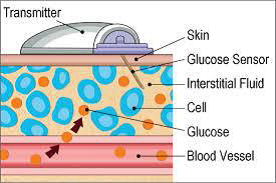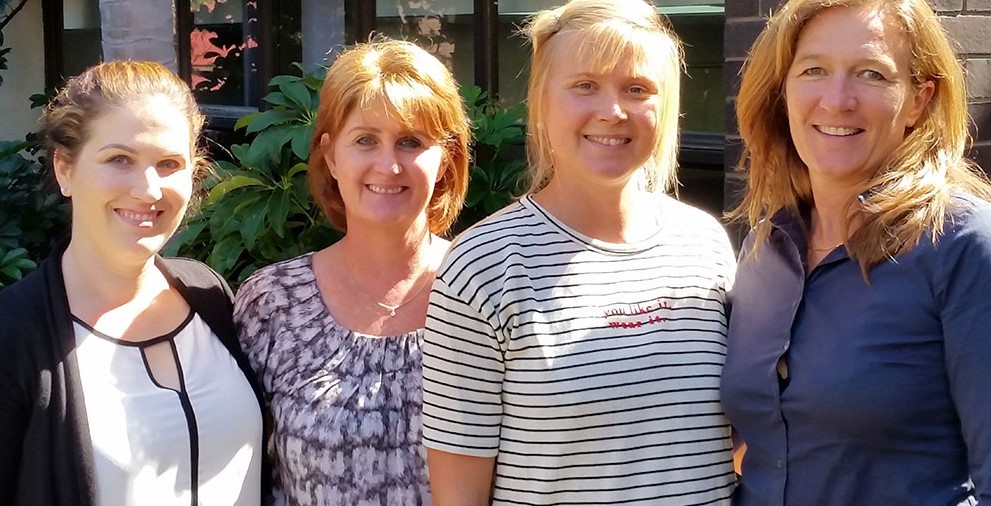Search

News & Events
Tips for a good clinic visitThe Diabetes Service at Perth Children’s Hospital cares for approximately 1000 children with diabetes. Read these tips to ensure you have a good visit.

News & Events
Ten Day Continuous Glucose Monitoring study – now recruitingThe Children’s Diabetes Centre is now recruiting for a new continuous glucose monitoring study.

News & Events
Camp volunteers neededDiabetes WA is looking for volunteers to take part in the PMH and Diabetes WA Camp for 9 and 10 year olds in Hillarys in September.

News & Events
Farewell TariniAfter nearly two-and-a-half years in sunny Perth, Dr Tarini Chetty is headed back home to Scotland. Before she departs our shores.

News & Events
ENDIA milestoneThe ENDIA study — Australia’s largest study into the causes of Type 1 Diabetes— reached a significant milestone when it recruited its 700th patient in Perth.
The Rio Tinto Children’s Diabetes Centre; a Breakthrough T1D Centre of Excellence at The Kids Research Institute Australia and Perth Children’s Hospital (PCH), is a global hub for research into type 1 diabetes (T1D) in children.
Find newsletters, guidelines, publications and videos in the one spot.

People living with Type 1 diabetes (T1D) can participate in all forms of physical activity, but it can sometimes be a little more challenging.
Our goal is to accelerate the dissemination and implementation of evidence-based models of care for children and young people living with Type 1 Diabetes.
Research
Following in Banting’s footsteps or straying from the path? Observations from contemporary diabetes innovationWhile advancements in the treatment of diabetes continue to rapidly evolve, many of the newer technologies have financial barriers to care, opposing the egalitarian ethos of Banting who sold his patent on insulin for a nominal cost to allow it to be made widely available. Inequity in access to new therapies drives disparity in diabetes burden with potential for these gaps to widen in the future.
